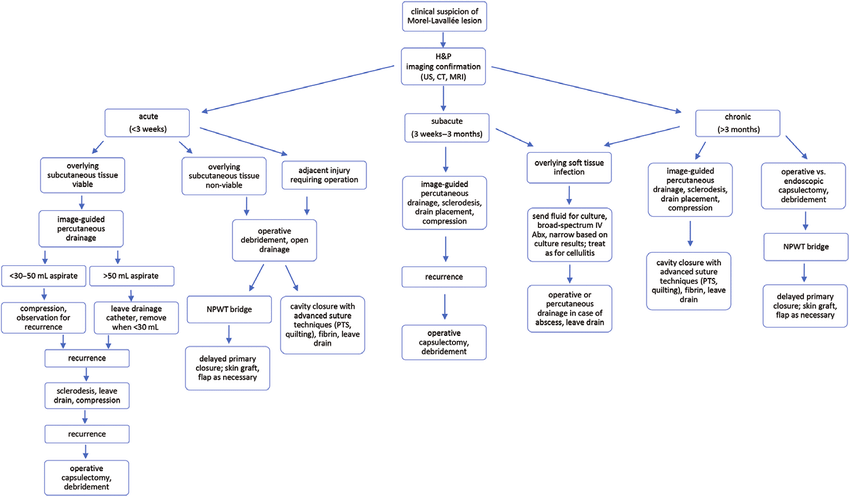Definition: Post-traumatic closed degloving injury, in which the skin and subcutaneous tissue is detached from the underlying fascia by a shearing force which can disrupt perforating vessels and nerves, creating a potential space that fills with blood, lymph, debris and fat (necrotic and/or viable). Clinical features: The diagnosis can be…
Tag: General Surgery
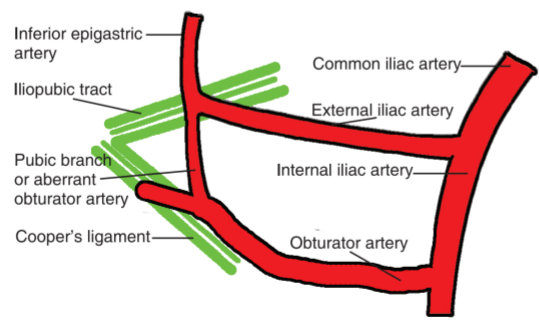
Corona Mortis
Synonym: Crown of Death Definition: Retropubic vascular anastomoses between the obturator and external iliac systems Location: Behind the superior pubic ramus at varying distance from the symphysis pubis (range 40-96 mm) Morphologies: a. Arterial corona mortis (8-65% incidence): b. Venous corona mortis (40-96% incidence): c. Combined arterial and venous corona…

Surgical Site Infection Risk Factors : Mnemonic
Various types of surgical site infection (SSI) have been defined by CDC. Patient related factors Mnemonic: WASHING 1. Weight: Obesity (>20% of ideal body weight) 2. Antibiotic resistant skin flora: MRSA colonization 3. Advancing age 4. Smoking 5. HIV and other immune deficiency conditions 6. Infection coexisting at other sites…
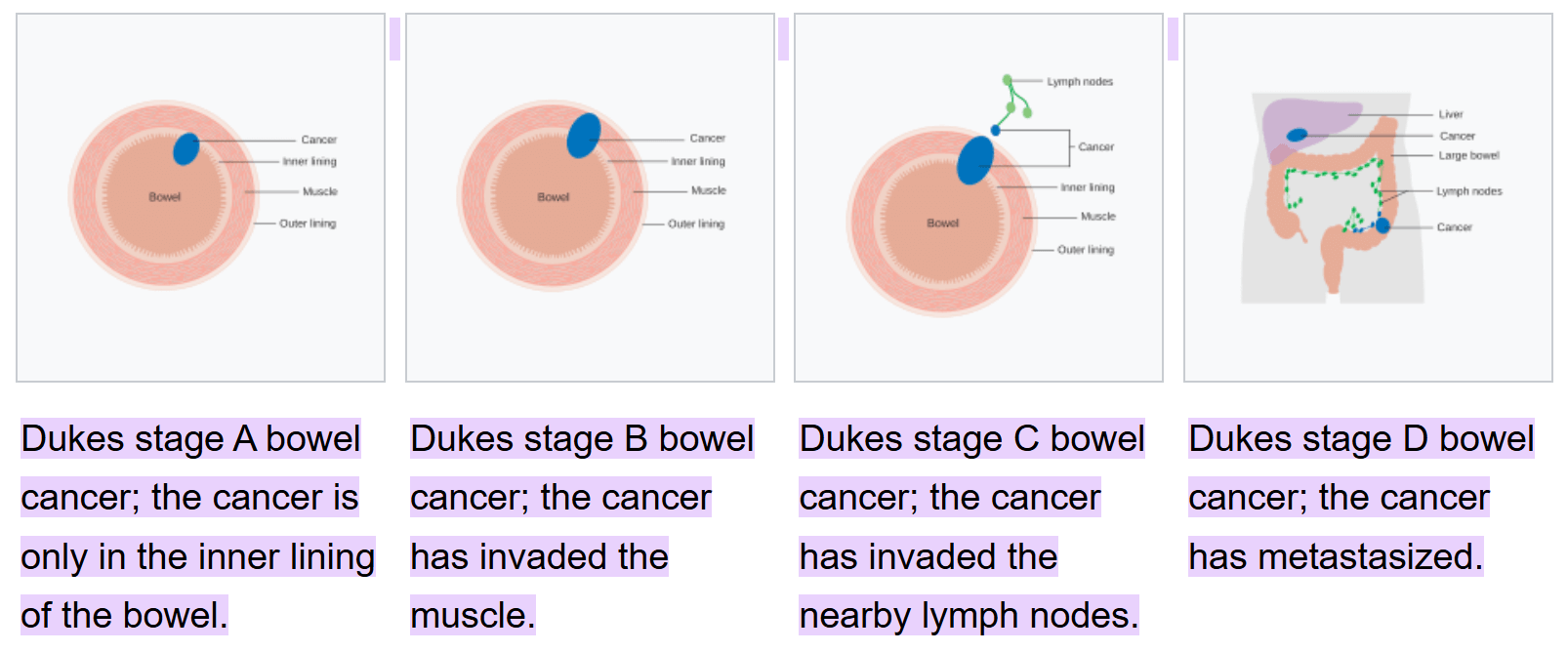
Colorectal carcinoma – Duke Staging and Management
TNM stage Duke’s stage Description 5 yr survival Surgery Chemotherapy Radiotherapy 0 – Tis, N0, M0 Limited to mucosa >95% Local excision/polypectomy → Surveillance No No Mnemonic I – T1-2, N0, M0 A A-Ok limited to bowel wall only 90% Wide surgical resection + Anastomosis No No II – T3-4,…
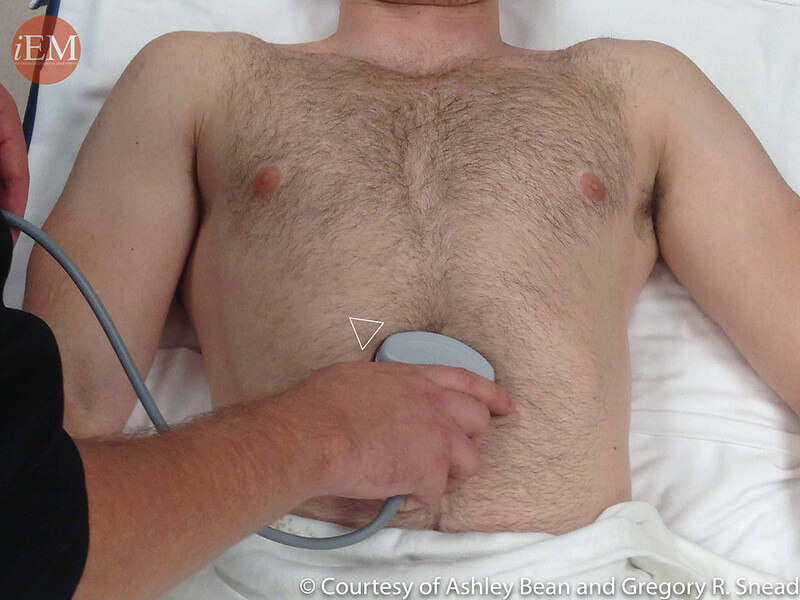
Spleen, Liver, Kidney Trauma
Approach to abdominal trauma has been discussed earlier. Spleen Injury Liver Injury Kidney Injury General 2nd m/c injured intra-abdominal organ in blunt trauma m/c injury requiring operative intervention in blunt trauma m/c injured intra-abdominal organ overall m/c injured intra-abdominal organ in blunt trauma m/c from blunt trauma maximum warm ischemia…
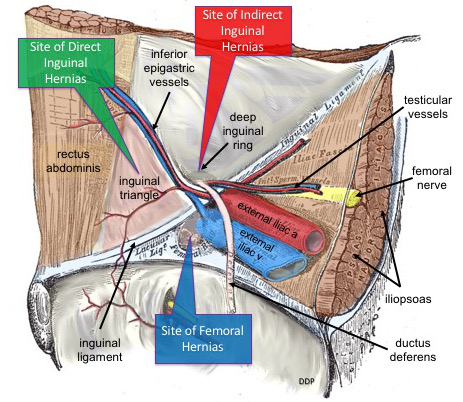
Inguinal Canal : Mnemonics
Walls of Inguinal Canal Mnemonic: SALP 2 X MALT Starting from superior, moving counterclockwise in order to posterior: 1. Superior (Roof): 2 Muscles (Internal oblique, Transverse abdominus) 2. Anterior: 2 Aponeuroses (External abdominal oblique, Internal abdominal oblique) 3. Lower (Floor): 2 Ligaments (Lacunar and Inguinal) 4. Posterior: 2 T‘s (conjoint…
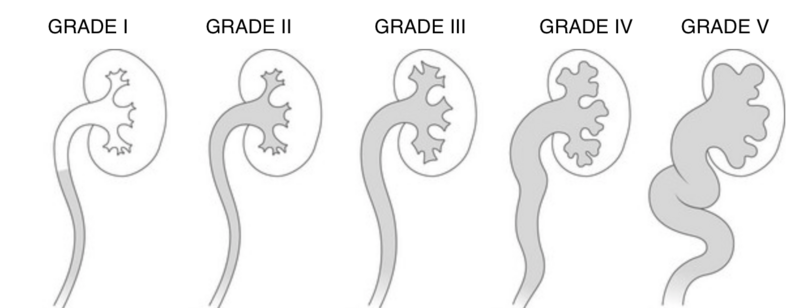
Vesicoureteric reflux (VUR) Grading : Mnemonic
Mnemonic: Upset Kidneys Drink Their Pee Grade 1: reflux up to Ureter (w/o dilation) Grade 2: reflux up to Kidneys (w/o dilation) Grade 3: Dilation (ureter/pelvis/calyces) Grade 4: Tortuosity (and worse dilation) Grade 5: Papillary impression loss Source: Tweet from Ben Abelson
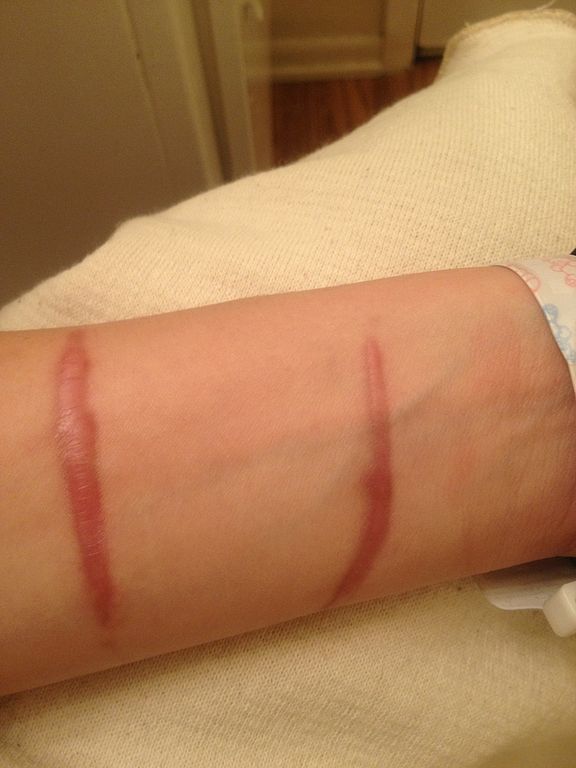
Hypertrophic Scar vs Keloid
Hypertrophic scars and keloids are both raised, firm scars formed from excess fibrinogen production and collagen during healing. Mnemonic: BAD SCARS Mnemonic Basis Hypertrophic scar Keloid B Behavior Natural regression No spontaneous regressio A Acuteness Appears in weeks Appears over months to years D Demographic All races affected More prevalent…
